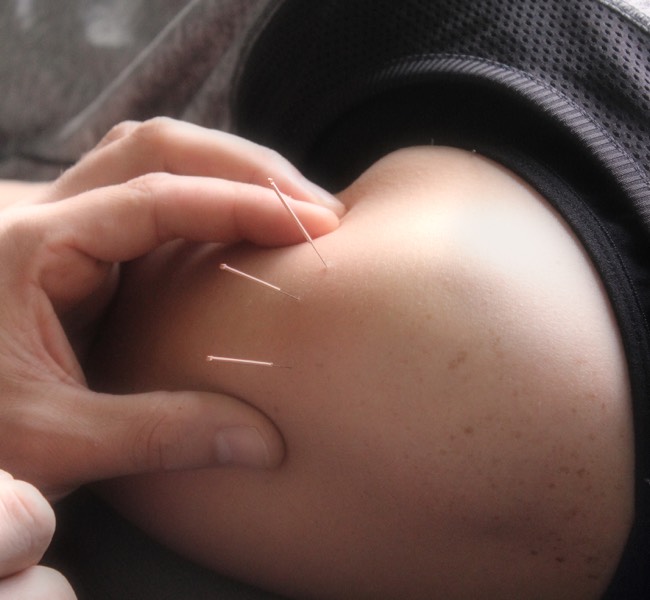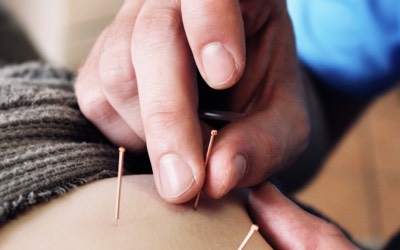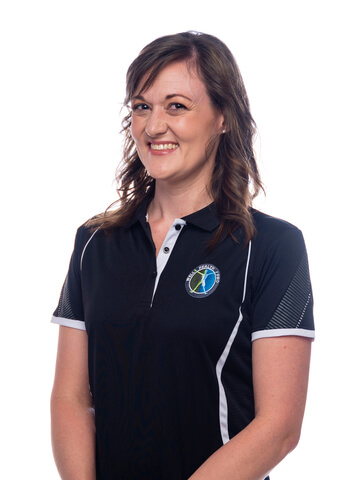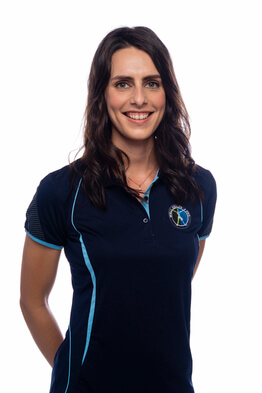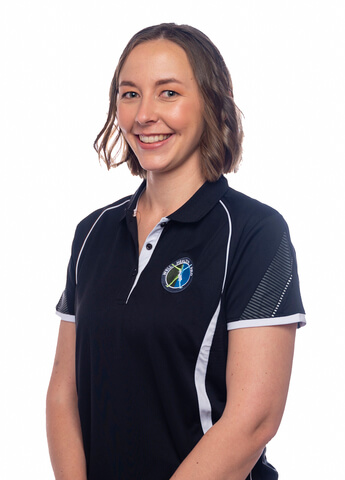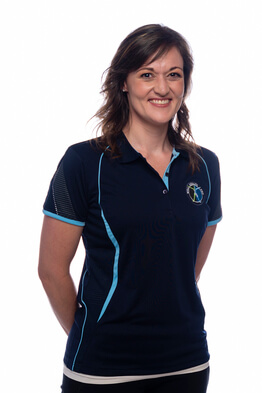Acupuncture is an alternative treatment part of Traditional Chinese Medicine (TCM). Small needles are inserted into your body at specific points identified by your acupuncturist as the cause of your symptoms. Acupuncture aims to restore the flow of energy, or qi, through your meridians or energy pathways, to balance qi and initiate healing. Dry needling is the medical version that’s proven by clinical research. There’s stark differences between acupuncture treatment our physiotherapist provide when compared to traditional Chinese methods.
What exactly is the difference between acupuncture and dry needling?
The first difference between TCM acupuncture and what we as physiotherapists do, lies in the name. We use the same needles as an acupuncturist, but western medicine labels needling treatment by a physiotherapist as dry needling.
The second difference between TCM acupuncture and dry needling is how we approach diagnosis and treatment. TCM practitioners believe that energy known as ‘qi’ flows within our bodies in channels, called meridians. Acupuncturist diagnosis energetic disturbances in your meridians that hinders the flow of qi. Imbalance of energy leads to symptoms and or illness. Acupuncture treatment is aimed to restore the flow of qi to reestablish energetic balance. A drawback is that needles is the only form of treatment option and your entire treatment session consists of acupuncture.
- Needles inserted at fixed ‘qi’ points
- Diagnosis based on energy flow
- Aim to restore energetic balance
- Used as the ONLY form of treatment
Dry needling forms part of western medicine physiotherapy treatment and is evidence based. During dry needling treatment fine stainless steel needles are inserted through the skin to the the targeted tissue, muscles, fascia or ligaments. The tissue receiving treatment was identified by your physiotherapist through movement analysis and other physical test, like muscle strength, endurance, joint range of motion or nerve mobility.
- Needles inserted at different positions and angles depending on the structure targeted
- Diagnosis based on clinical examination and tests
- Aim to restore normal movement, to aid in rehabilitation exercises
- Used WITH OTHER types of treatment, like exercise, electrotherapy, joint techniques and a with range of other physiotherapist treatments
Why we use acupuncture needles
Dry needling is used by physiotherapists to treat a wide variety of musculoskeletal conditions. Although it is an invasive technique where the needle is inserted through the skin, the treatment benefits far outweigh the initial discomfort. The acupuncture needle gives us access to manipulate the chemistry around the exact cells we want to target during treatment. This stimulates local healing, decrease muscle tone, increase range of motion and decrease pain.
Effects of acupuncture needles during dry needling therapy
- Accelerates tissue healing
- Improves muscle range of motion
- Shortens recovery time
- Improves joint range of motion
- Increase blood flow to the tissue
- Decreases muscle tone
- Improves muscle flexibility
- Decreases pain
- Increases cellular metabolism
- Break down scar tissue and adhesions
- Increase cell regeneration
- Stimulate muscle contraction
“Get quick results in the least amount of time”
Acupuncture OR Dry needling technique
Physiotherapists use dry needling as part of their treatment, in conjunction with other treatment techniques. Our physios are qualified to determine if dry needling will benefit you. If so we will first explain why and then get your consent to treatment.
We will expose and clean the area, and position you comfortably. No anesthesia is needed for dry needling therapy. Needles are inserted through the skin targeting the tissues we have identified during our clinical assessment. Dry needling is mainly aimed at muscles, but ligaments can be treated too. It can be applied to all kinds of muscle, nerve, joint, disc, cartilage tendon and ligament injuries to reduce pain and increase range of motion. Physiotherapists need post-graduate training to use dry needling as part of treatment.
Different types needling of application
Acupuncture
The body contains 12 energetic channels called meridians. These channels are the pathways through which life force or qi flows. An acupuncturist will take a medical history, and inspect your body. After this, the acupuncturist then inserts small needles into the body along these meridians, encouraging the balance of qi.
In conclusion: The main aim of acupuncture administered by Chinese Medicine trained acupuncturists is to restore energetic balance by changing the flow of qi.
Dry Needling
Western medicine’s take on acupuncture is dry needling. Dry needling has been extensively researched and investigated and scientifically proven in numerous studies. Treatment areas are determined by the physiotherapist after a thorough assessment. The aim of dry needling is to manipulate the chemistry of the cells to initiate healing by means of an inflammatory response. Dry Needling is very effective in stimulating the body to heal itself and relieve acute or chronic pain.
Big anatomical changes you’ll notice after acupuncture OR dry needling
During acupuncture treatment your muscles may feel warm, this is because we increased the circulation to the area. Your movement will be less restricted and improve even more over the next 24 hours. This is when we want to keep the gains achieved during treatment. Your exercises will target the range and strength of the joint and surrounding muscles. It is important that you do the stretches and strength exercises as prescribed by your physio during this time. Because the muscles allow more freedom in movement your joints will feel less restricted too, and you can check your blind spots again or put on shoes easier. Dull, aching or referred pins and needles caused by active trigger points will improve too.
Changes on a cellular level from acupuncture/dry needling:
Inserting acupuncture needles stimulates chemical changes, known as a cytokine reaction. Cytokines mediate our immune response to illness and injury by regulating inflammation. By stimulating a localized inflow of inflammatory cells to the site of the needle insertion, we can initiate the healing response where it is needed. It is like getting the emergency staff at the site of the injury.
Dry needle therapy stimulates a local immune response. Our immune systems don’t only fight infection, they detect, sound the alarm and rush all the cells necessary for healing to the area. Once the needle is inserted blood flow is increased to the specific area. This is why the muscle feels warm and you may bruise after treatment, both are normal reactions that you don’t have to worry about. The immune reaction is driven and sustained by release of cytokines. Cytokines are a group of cells, proteins, peptides or glycoproteins, that regulate the immune response by means of inflammation. It is like getting all the emergency care workers to the site of the accident.
Different cytokines and their effects:
- Granulocytes are white blood cells responsible for helping the immune system fight infection, like viruses or bacteria. Neutrophils, eosinophils, and basophils are three types of granulocytes. They go around your body like little pack man and devour all the invaders.
- Neutrophils are white blood cells that initiate an immune response. They circulate within your bloodstream and respond to the first signs of infection. They set off the alarm to call the other cells for help.
- Basophils contain anticoagulants, which prevent blood from clotting too quickly. They also contain the vasodilator histamine, which promotes blood flow to tissues by changing the permeability of the cell walls.
- Macrophages are like scavengers that rid the body of worn-out cells. They are vital to the regulation of immune responses and the development of inflammation; they produce a wide array of powerful chemical substances (monokines) including enzymes, complement proteins, and regulatory factors such as interleukin-1.
- Lymphocyte T and B cells are the major cellular components of the adaptive immune response. T cells are involved in cell-mediated immunity, and B cells are responsible for acquired immunity.
Dry needling initiates this cascade of cytokines release to the area and kick starting healing when all the different cells do their jobs.
What does it feel like to get acupuncture needles inserted?
Nothing like getting an injection or blood drawn! It feels like someone is pinching your skin. Most patients feel no pain at all, some feel a little discomfort. Acupuncture needles don’t have a hollow center like a hypodermic needle used for injections, which means acupuncture needles are much thinner. Have a look at the different diameters of needles used in healthcare here. We use disposable, sterile needles with no risk of infection.
Our clinical assessment will determine which structures need to be needled with acupuncture needles. Depending on the depth of the targeted tissue, it may feel uncomfortable. The needles are inserted through the skin to the deeper layers.
How long does acupuncture treatment take?
Acupuncture needles are inserted and left in place for between 15 and 40 minutes during a TCM acupuncture treatment. When dry needling is used during your physiotherapy treatment session, the needles take 5 – 10 minutes of the whole consultation time. The rest of your treatment time will be spent on other techniques, depending on your unique problem.
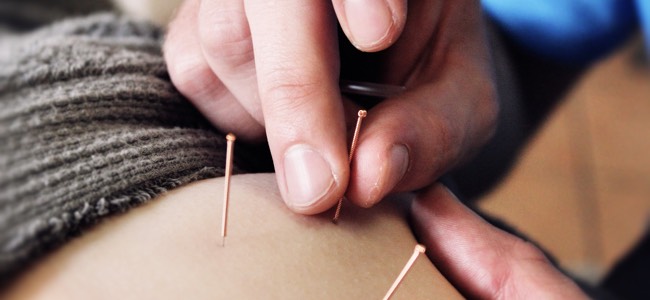
How many times should I get acupuncture treatment?
Your physiotherapist will discuss a treatment plan with you, we’ll give you an idea of how long it will take for your condition to improve and how often treatment is needed. In some cases, we’ll need 6-8 sessions. Mostly we see you twice during your first week, once a week for the next two weeks, and then once every second week in the next month.
We can use acupuncture needles during every consultation if it is necessary. If you feel uncomfortable about any aspect of dry needling you do not have to get needles.
What can I do at home to ensure acupuncture is effective?
Unfortunately, the effect of dry needling will be temporary if the real cause of the problem isn’t addressed. Your physiotherapist will look at the bigger picture and discuss the possible causes of your problem with you. With physiotherapy treatment, it is important to comply with the whole treatment plan, including rehabilitation and conditioning. This is the best way to get long-lasting pain relief.
There are a few things you can do at home:
- Stretch the muscles that received dry needling, your physio will show you what to do
Cost of acupuncture as part of physiotherapy
There are certain medical aid rates for dry needling as a treatment, but they are always used as part of a complete treatment consultation. So, you will never be paying for only acupuncture.
This treatment in isolation will not fix your problem. It’s the complete treatment package that shows the real improvement.
Medical Aid Code – 328
The treatment code 328 is used when dry needling is used during your physiotherapy treatment, it can take place during the same consultation where other techniques are done.
We charge medical aid rates only.
Does it make a difference to have an experienced physiotherapist do needling?
You wouldn’t trust an inexperienced tattoo artist, would you? You shouldn’t trust just anybody using needles either.
The experience and skill of your physio make all the difference to identify and apply the technique accurately and with precision. Establishing how many needles at which depth and angle to use take training and experience. This is not something you can do or copy from YouTube. You might risk making it even worse if you don’t consider how the different structures are interacting with each other.
Our physiotherapists have years of clinical experience and in depth knowledge of your body’s anatomy. They understand different painful conditions and injuries and will know exactly what acupuncture techniques are suitable to help you heal quicker.
Conditions that respond well to acupuncture treatment
Acupuncture should not be done with
Side-effects of acupuncture treatment and dry needling
These are mild, short-lived temporary effects of this successful treatment :
- Discomfort when the needle is inserted
- Drowsiness or malaise after treatment
- Bruising or bleeding at the site of the needle
- Numbness over the affected area
- Sweating
Other acupuncture/dry needling treatment answers:
